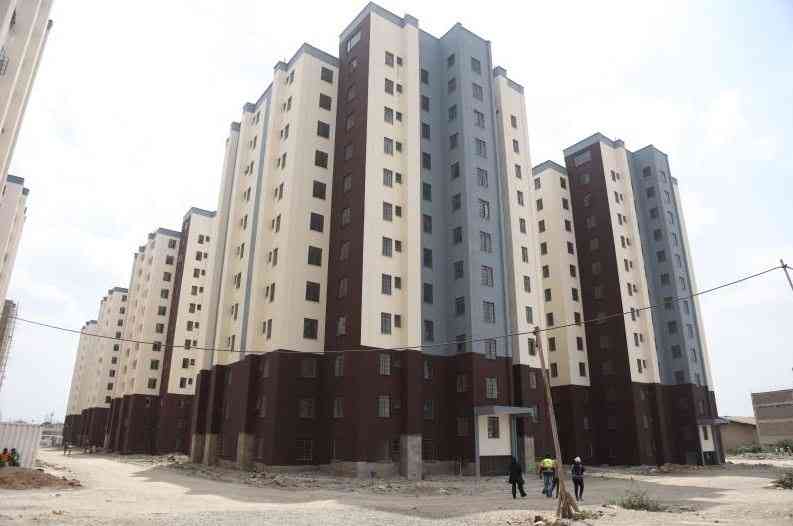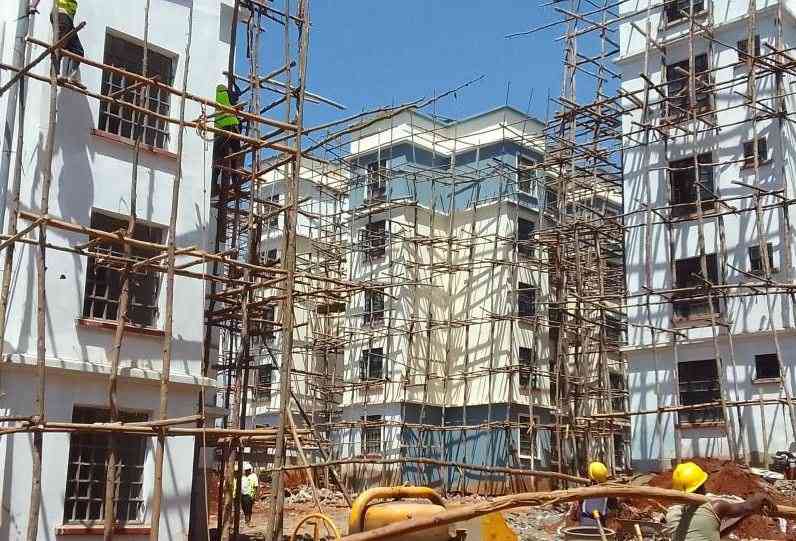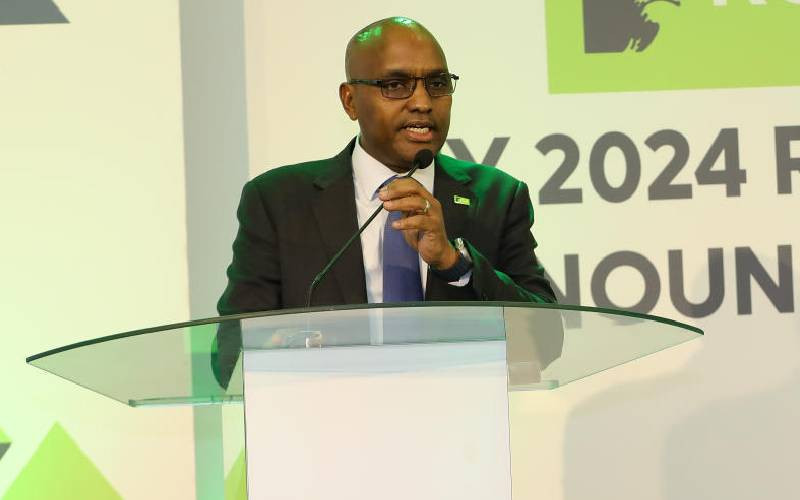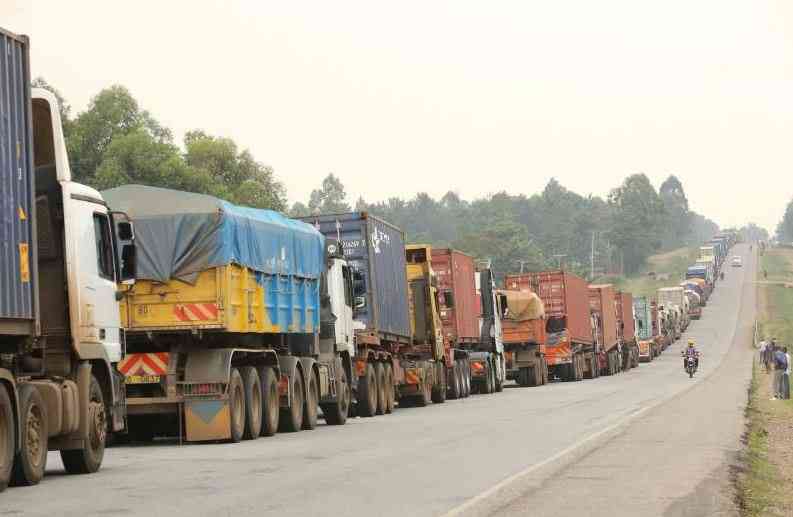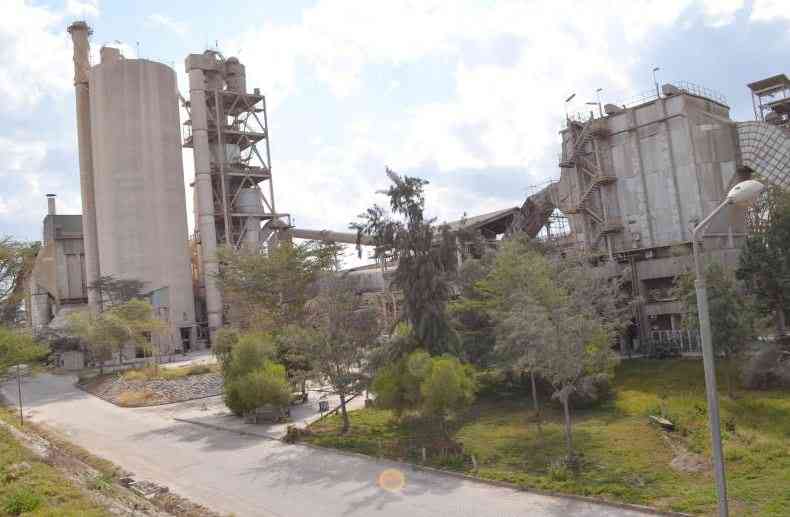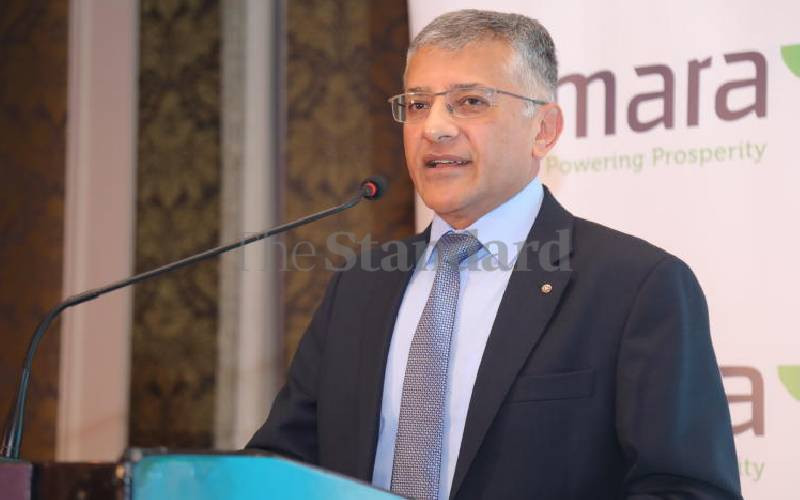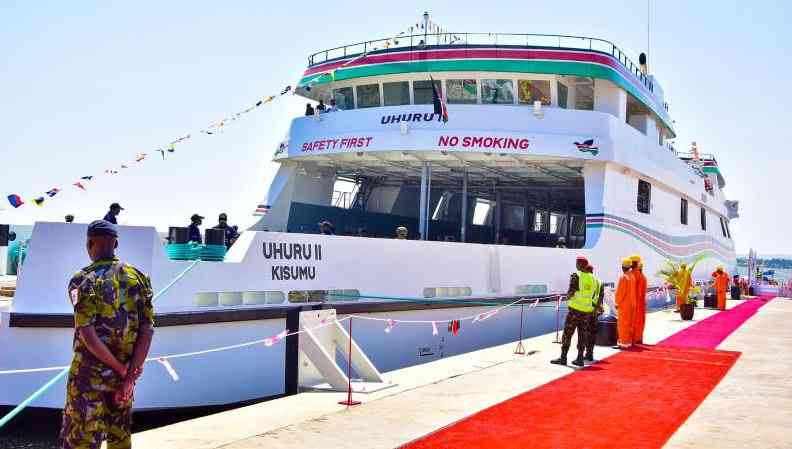
Maritime experts at the Coast are upbeat about a change in fortunes for the sector in the wake of plans by Kenya Shipyard Ltd (KSL) to build a ferry to cope with rising passenger numbers.
The recent groundbreaking ceremony at the Kisumu shipyard on the shores of Lake Victoria by Defence Cabinet Secretary Soipan Tuya and her Blue Economy and Maritime Affairs counterparts Hassan Joho has been hailed as a game-changer in the sector.
The two senior government officials, accompanied by Homa Bay Governor Gladys Wanga, laid the foundation for a brand new 29-metre ferry for use on Lake Victoria.
‘’The occasion represented far more than the construction of a single vessel. This milestone embodies Kenya’s strategic vision to harness the untapped potential of our inland waterways as catalysts for regional economic transformation and continental integration,’’ said Mr Andrew Mwangura, a maritime commentator and analyst.
Mr Mwangura explained that the significance of this initiative extends beyond Kenya’s borders, touching the heart of Africa’s economic future.
He said the Great Lakes region, encompassing Lake Victoria, Lake Tanganyika, Lake Malawi, Lake Albert and Lake Turkana, forms a natural economic corridor that could revolutionise trade patterns across the continent.
‘’These vast water bodies serve as natural highways, connecting multiple nations within the East African Community, Comesa (Common Market for Eastern and Southern Africa), and SADC (Southern African Development Community) regional blocks, creating unprecedented opportunities for the African Continental Free Trade Area (AfCFTA) to flourish through enhanced connectivity and reduced transportation costs,’’ said Mr Mwangura.
He said the collaboration with the Kenya Defence Forces (KDF) brings military precision and discipline to civilian maritime projects, ensuring that every vessel launched meets the highest standards of safety, efficiency and reliability.
‘’This partnership exemplifies how strategic military expertise can accelerate civilian innovation and infrastructure development, creating a robust foundation for sustainable maritime industries,’’ he explained.
Mr Mwangura said the new development demonstrates the transformative power of inland waterway development.
He noted that the Rhine-Main-Danube Canal system in Europe has facilitated billions of dollars in trade across multiple Organisation for Economic Co-operation and Development nations, connecting the North Sea to the Black Sea and enabling cost-effective transportation of goods across vast distances.
Similarly, the Great Lakes Shipping System in North America has been instrumental in supporting industrial development across the United States and Canada, moving over 160 million tonnes of cargo annually and supporting hundreds of thousands of jobs.
From the Global South, Brazil’s inland waterway system along the Amazon and Paraná rivers has opened previously inaccessible regions to economic development, while China’s Yangtze River transport network has been crucial to the country’s economic miracle, handling over three billion tonnes of cargo annually.
These examples underscore how strategic investment in inland waterways can unlock enormous economic potential, particularly for developing nations seeking to optimise their natural geographical advantages.
Former Seafarers Union of Kenya (SUK) General Secretary Steve Owaki, while welcoming the establishment of KSL, which is domiciled under the Defence Ministry and mainly for ship building and repair works, said the time is ripe for the agency to roll out more ship building ventures.
Stay informed. Subscribe to our newsletter
“Being a maritime nation with a host of experts in naval architects and a sound team of seafarers from cadets all the way to master mariners, it is time for Kenya to build its own water vessels which can also be manned by our very own trained personnel,’’ said Mr Owaki.
He, at the same time, lauded the government’s initiative in reaching out to partners from well-developed shipping and maritime nations in a bid to spur growth in both maritime training and shipbuilding expertise.
Ken Sudi, a Mombasa-based retired seafarer, said Kenya has equal potential to build ships, boats and all sorts of water vessels now that the Kenya Shipyard Ltd is fully operational. Mr Sudi said apart from KSL, which has bases in both Kisumu and Mombasa, there is also the African Marine and General Engineering Company Ltd (AMGECO) and Southern Engineering Company (Seco) with vast experience in both ship repair and building.
Maritime commentator and analyst Mwangura said Kenya’s maritime initiative positions the country to become the regional hub for inland water transport, leveraging our strategic location and growing industrial capacity.
‘’The multi-billion-shilling shipping industry we envision will create quality employment opportunities for thousands of Kenyans while generating substantial wealth through manufacturing, logistics, tourism, and fishing sectors,” he said.
“Our shipyard development programme aims to produce vessels not only for domestic use but also for export to neighbouring countries, establishing Kenya as a maritime manufacturing centre for the region.’’
Mr Mwangura further noted that the ferry being constructed at the Kisumu Shipyard represents the first of many vessels that will ply Kenya’s inland waters, connecting communities, facilitating trade, and opening new economic opportunities.
He said the initiative signals Kenya’s determination to lead in innovative infrastructure development, transforming our natural resources into engines of economic growth while strengthening regional cooperation and integration across Africa’s Great Lakes region.

